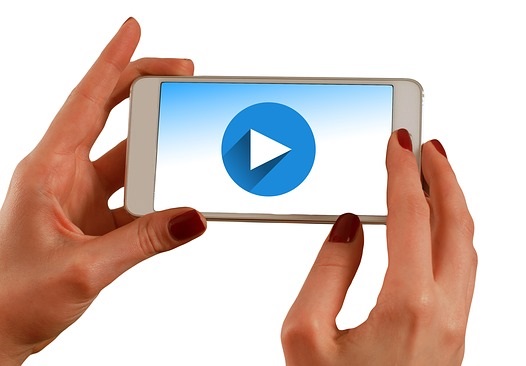Mobiles provide the most emotionally engaging screen, and are the most effective at delivering ‘seamless moments’ for consumers, according to new research.
According to the findings, at least 50 per cent of ‘seamless moments’ – which combine the user’s situation and context with an emotional connection – occur on mobile screens, even when consumers are watching TV.
The research spanned across the UK, Germany, Italy & France, key findings include:
· Smartphones are the #1 or #2 device for all commercial opportunities
· TV and mobile devices are the only screens where consumers are actively open to and want engagement from brands while relaxing
· Nearly half of consumers said that mobiles are the preferred device for retail rewards (48%) and sharing event experiences (47%)
· Four in every five smartwatch owners (79%) intend to use their wearable device to show information from the world around them and 65% hope to use their device to make payments
· Over four-fifths (81%) of smartwatch users say they want to be able to control their homes from their wrists, eg. turning off lights
· Virtual reality will become increasingly important, over two thirds (68%) of consumers would wear a headset to experience a virtual world
Drawing on findings across the UK, Germany, Italy, and France, as well as qualitative analysis and biometric testing, the research explored how screens can be used to deliver contextually relevant emotive experiences at times when consumers are most receptive to them.
Through examining engagement with various screens in different contexts, the research found consumers are actively open to and want engagement from brands when shopping, travelling, or – in particular – relaxing. TV and mobile devices are the only screens where consumers are comfortable with being engaged by brands when relaxing.
The research showed that smartphones are the #1 or #2 device for all commercial opportunities. Nearly half of consumers said that mobiles are the preferred device for retail rewards (48%) and sharing event experiences (47%).
Looking to the future, the research also revealed growing opportunities for brands on newer screen categories such as smartwatches and wearables. Four in every five smartwatch owners (79%) intend to use their wearable device to show information from the world around them and two thirds (65%) hope to use their device to make payments. While over four-fifths (81%) of smartwatch users say they want to be able to control their homes from their wrists, whether that’s unlocking doors, turning on the lights or monitoring their heating.
Nigel Clarkson, Managing Director, Yahoo UK says, “As we evolve how brands get the right message to the right person, emotional and situational context must be part of the equation. This means considering the specific screen a consumer is using to consume content and the activity they’re engaged in when it’s delivered to them. Seamless moments must fit in with the primary activity at the time, via a channel where consumers are happy to be engaged.
“This isn’t a case of ‘smartphones vs TVs’, but rather appreciating what different screens can do for different campaigns and clients. Multi-screen thinking should factor into every modern marketer’s media planning process. These findings underline that targeted, cross-screen content marketing and native advertising have a lasting position in brands’ efforts to engage consumers. With 89% cross-screen recognition across 1 billion consumers globally, Yahoo is uniquely placed to offer data-driven campaigns to different screens.”
Looking further ahead, virtual reality will become increasingly important for engaging with consumers. Yahoo’s research also showed that over two thirds (68%) of consumers would wear a headset to experience a virtual world, opening the door to the next generation of emotive brand experiences.
Report methodology:
The ‘Seamless moments’ study was compiled using both quantitative and qualitative data. The quantitative research involved surveying 2,000 people in the UK, Germany, France, and Italy, all between the ages of 16 and 44, including 200 smartwatch owners. For the qualitative research, five in-depth interviews were conducted, with two of these incorporating extensive situational biometric testing.
